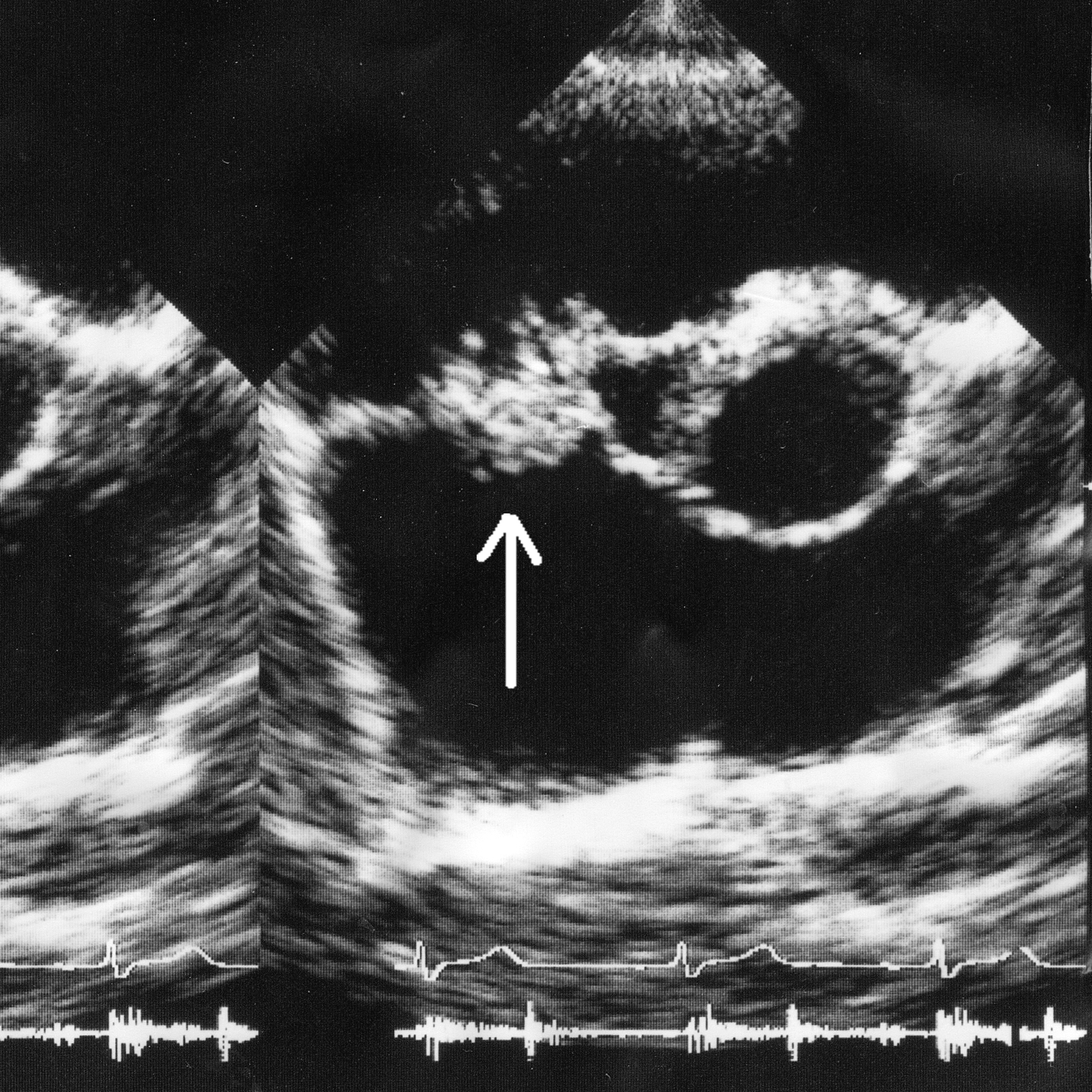Spinal Epidural Abscess
/Spinal epidural abscess - what was once a 'white whale’ diagnosis in the Emergency Department, has, with the opiate epidemic and rise in IV drug use, become a consistent specter in our differential diagnoses. Potentially debilitating, potentially deadly, devilishly difficult to diagnose in it’s early stages; spinal epidural abscesses have become a persistent concern for patients presenting to the ED with back pain. Much like syphillis, lupus, and HIV, the response to the question of “could it be a spinal epidural abscess?” is usually “ughh, yeah I guess so.” In this article, we will briefly cover the pathogenesis and presentation of spinal epidural abscessed and delve more deeply into the question of how best to treat these patients? What are the triggers for surgical intervention? Are patient’s with neurologic deficits doomed to a life of persistent neurologic disability?
Read More







